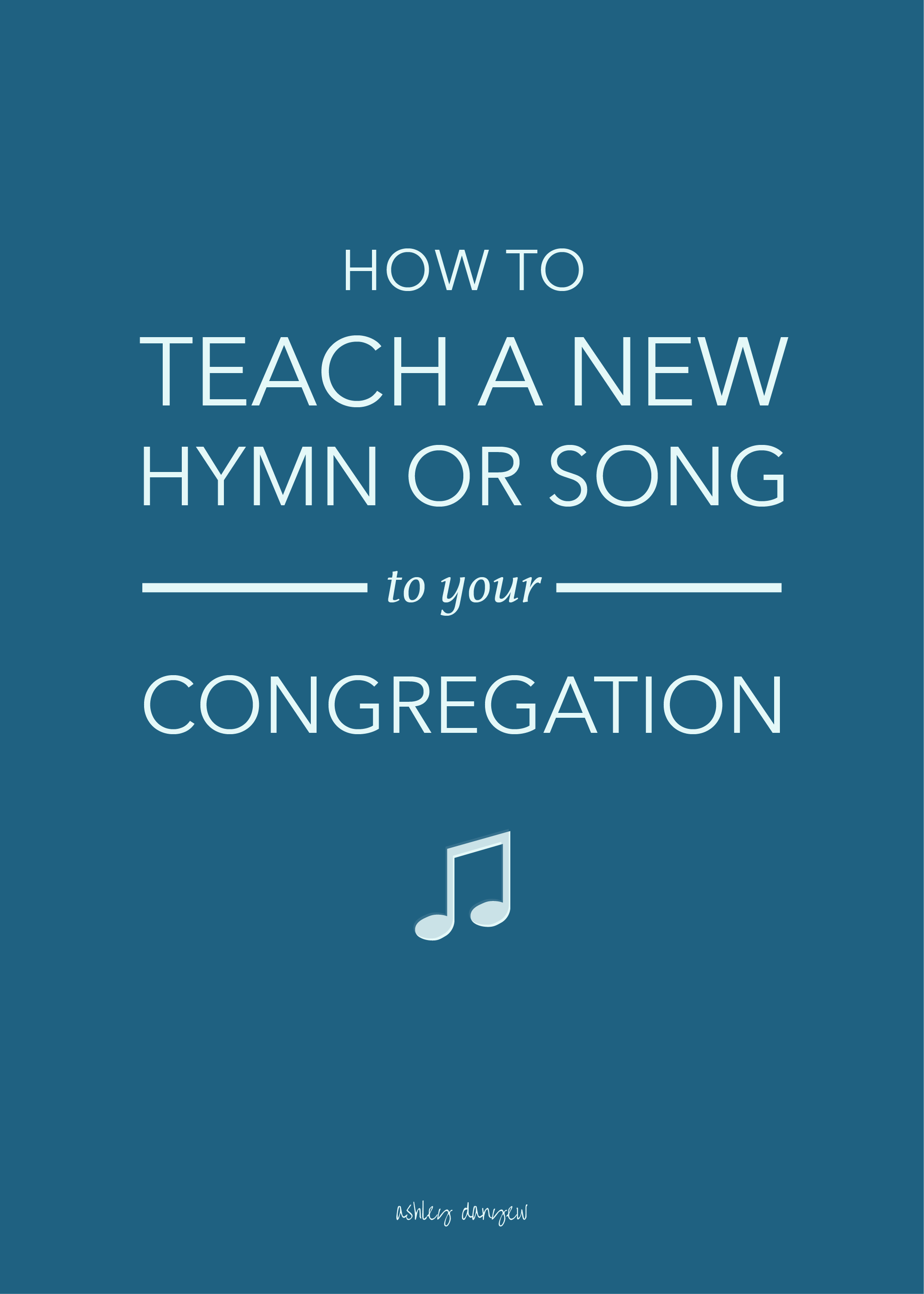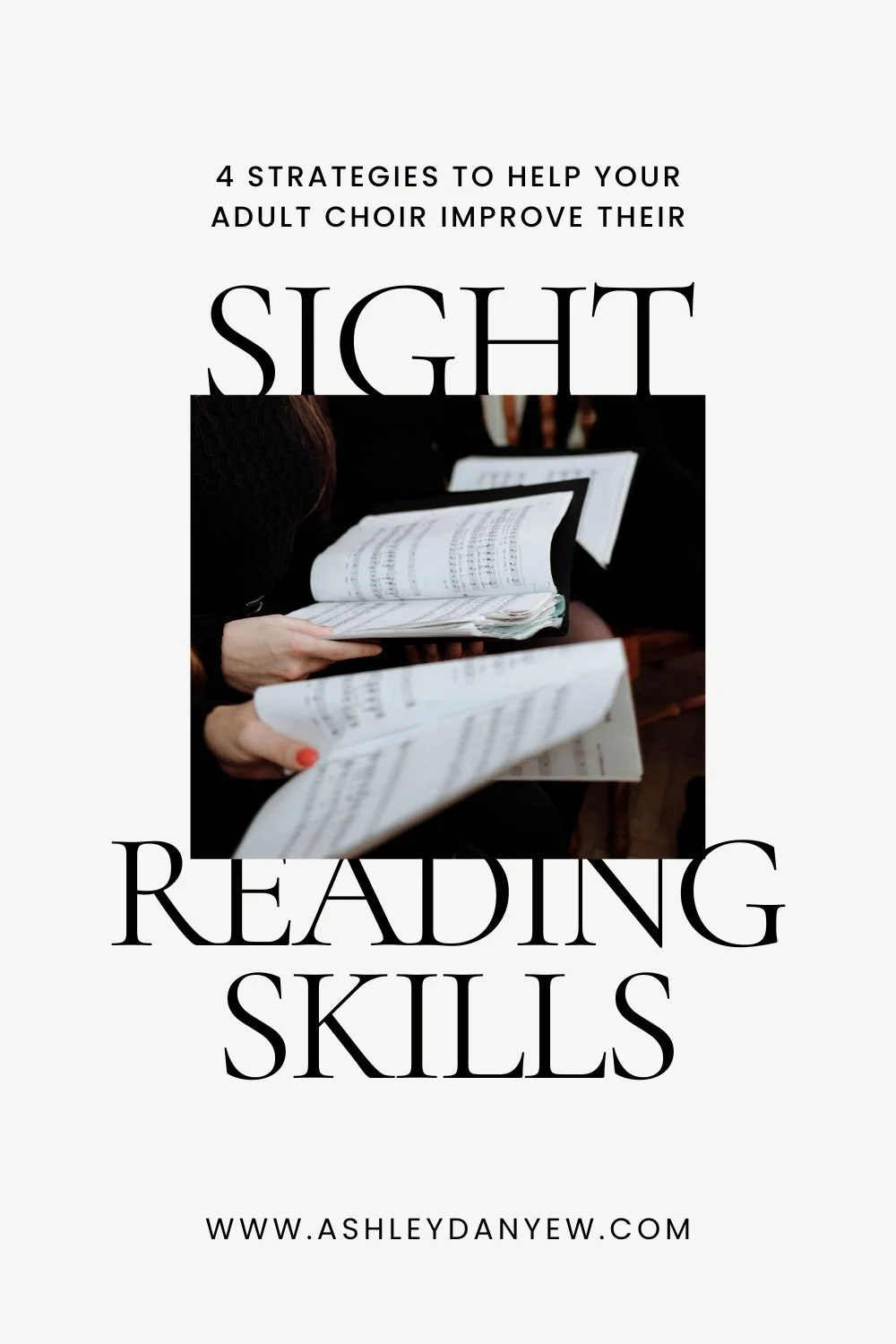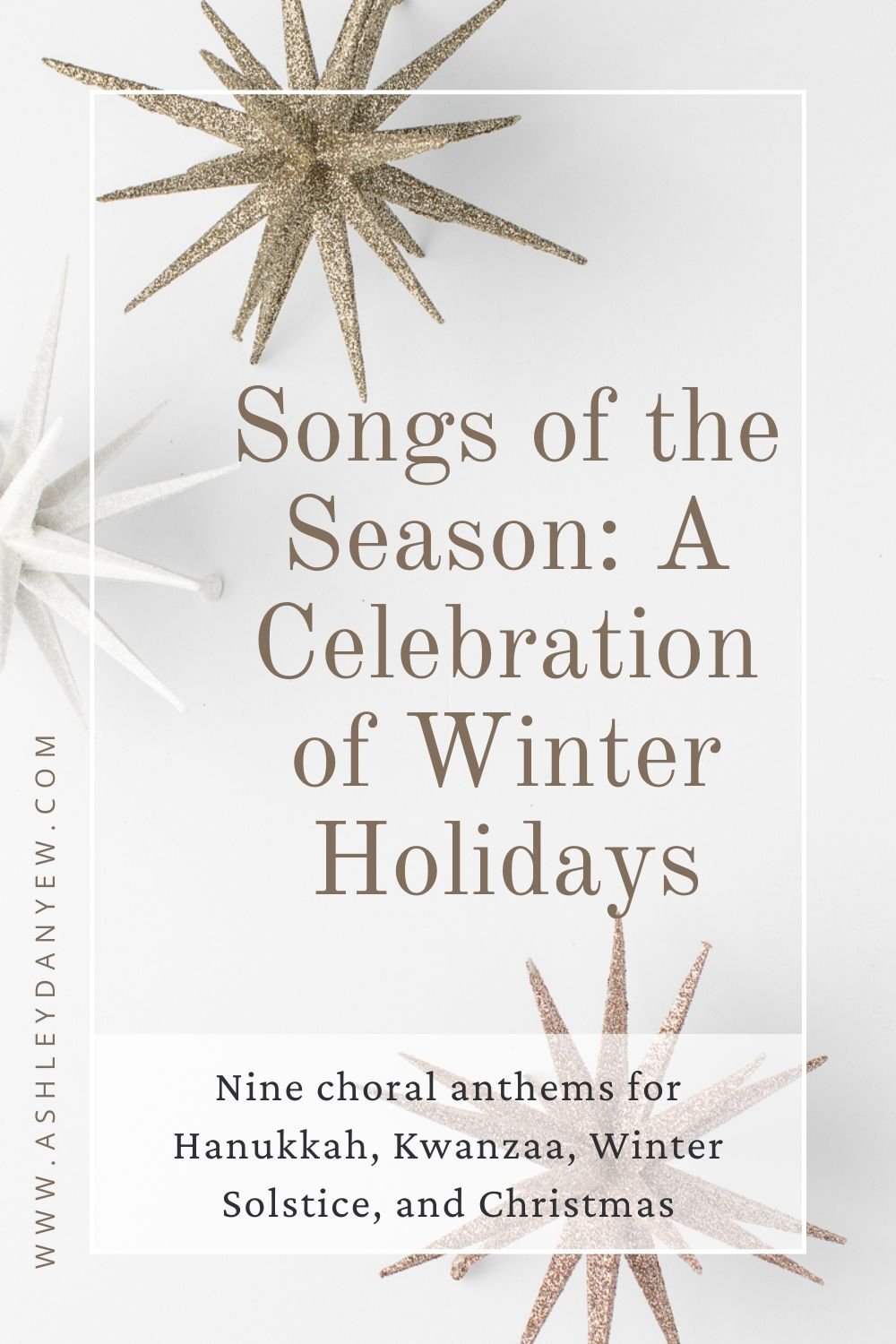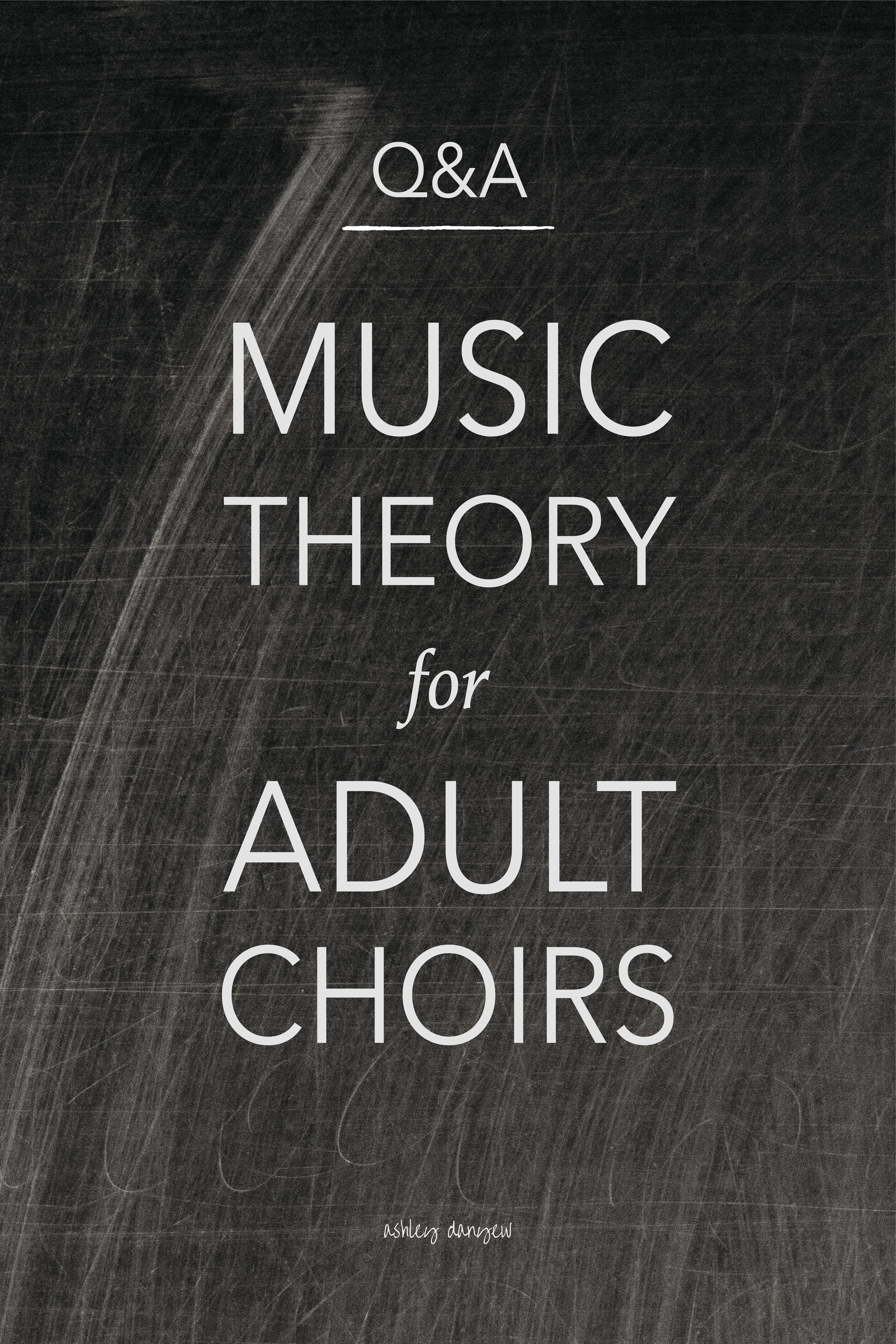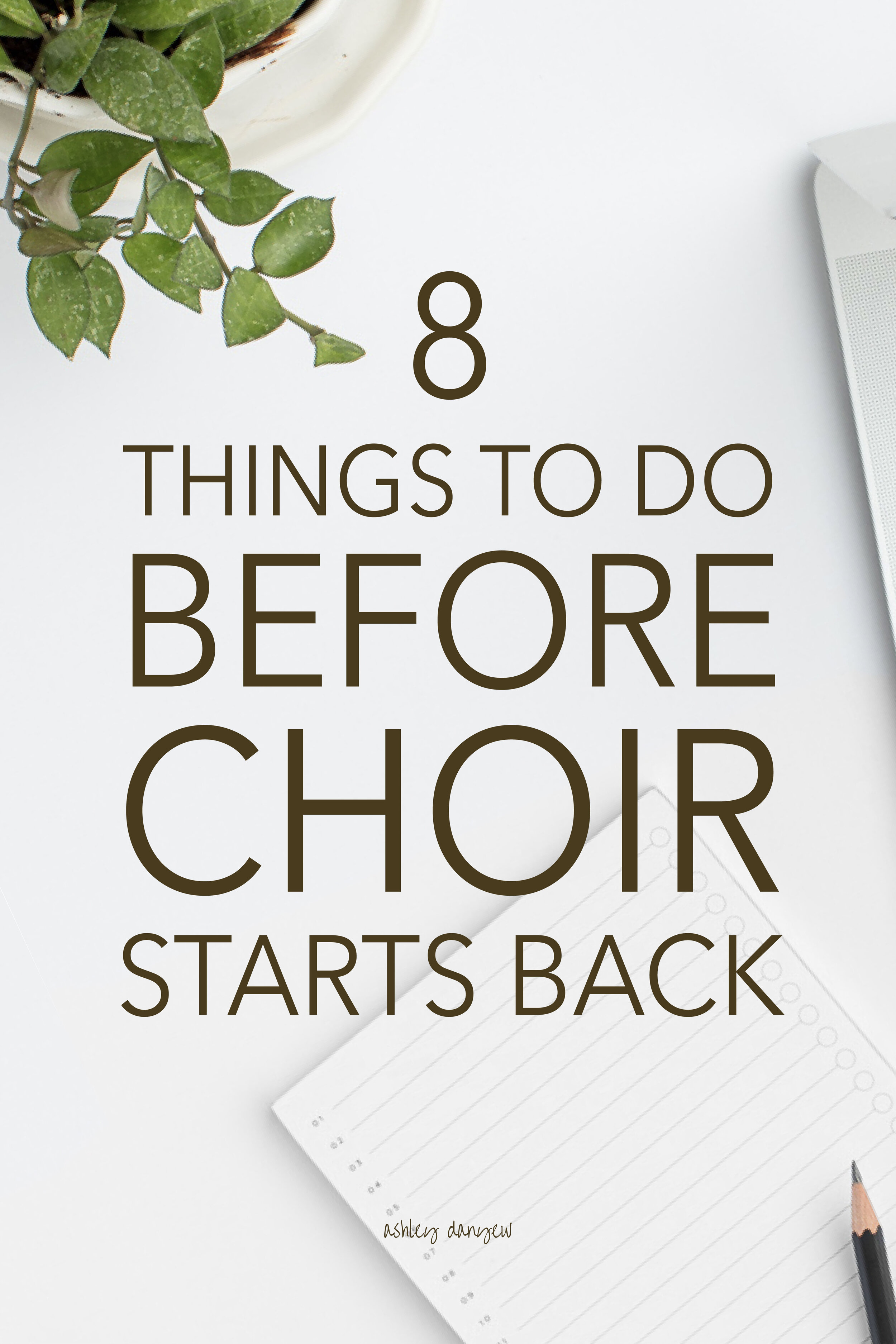You just found the perfect song to sing next month. It has a nice melody and the text ties in perfectly with the Scripture reading of the day and the sermon topic.
But, it's unfamiliar to the congregation.
And your congregation is particularly resistant to singing anything new, especially something not in the hymnal.
What's a music director to do?
How do you go about introducing a new hymn or song to your congregation?
How do you teach it in a way that's meaningful and memorable (so they'll remember it next time you sing it)?
I did a little research this week and found a few articles that might help:
Here are some practical considerations and suggestions for teaching a new hymn or song to your congregation:
Teach Your Congregation a New Hymn or Song, Step by Step
Choosing Music
When it comes to choosing new music for your congregation to sing, there are a few important things to consider and keep in mind:
Musical Style
Is the song appropriate to sing in worship (does it glorify God)? Does it fit stylistically? Will it support the other elements in the service?
Also, does the style lend itself to being sung by the congregation or is it more soloistic in nature? Know that songs with complex rhythms or melismatic lines are more challenging to read and sing, especially in a group setting.
Singing Range
When looking for congregational music, look for melodies where the majority of notes fall between Middle C and Treble C or D (so, about an octave). Most congregations can sing a few notes higher or lower than this, but only on occasion and not for extended parts of a piece.
Melodic Shape
Does the melody have any large leaps or is it mostly stepwise in motion? Melodies that move mostly by step will be easier to hear, read, and sing. Melodies that skip around a lot will be harder to learn and sing and will require more repetitions or hearings.
Musical Form
Songs and hymns with repeated phrases or lines will be simpler and easier to introduce to your congregation. The text may be different, but the melodic and rhythmic patterns will be familiar. Look for elements that are the same (intervals, phrase shape, rhythm patterns, melodic patterns, etc.)
Rhythm
For congregational music, especially music you’re asking them to read, the simpler the rhythm patterns, the better. If the music is more classical in style, the rhythm is likely more straightforward with repeated patterns that are easier to read and learn quickly.
Syncopated patterns or more complex rhythms common in more popular styles of music are challenging and complicated to read and might be better taught and learned by rote (through imitation and repetition). You can also simplify syncopated rhythms a bit so they lend themselves more to congregational singing.
If the music of the song you have in mind isn’t a good fit for congregational singing, as-is, you might consider using a different (more familiar tune) with the new text.
Preparing the Congregation
Think about ways to prepare the congregation for the new hymn or song you plan to introduce. Here are a few ideas:
Post a YouTube link of the song on the church’s Facebook page
Share the link in the church’s weekly email newsletter
Write a short article about the background of the hymn or song in the church newsletter
Play an instrumental arrangement of the piece a week or two before you plan to introduce it
Have the choir or an ensemble sing the song the week before and print the words in the bulletin so the congregation can follow along
Invite members of the congregation to come 10 minutes before the service to sing through the new hymn or song together
Introduce the new song in a few smaller groups or gatherings—Sunday School, Bible study, handbell choir rehearsal, etc.
Teaching a New Hymn or Song
It takes time to choose new music and time to prepare to teach it. Make sure you know the song very well before introducing it in the context of worship. If you have a choir or praise team that’s able to help lead it, make sure they have adequate time to rehearse it and learn it, too.
"The congregation will learn faster and sing more comfortably if the leadership is confident in its knowledge of the song.” - M. Anne Burnette Hook (source)
When it comes time to introduce the new hymn or song in worship, there are a few things you could do:
Have the choir lead, by having them sing through the song first while the congregation listens, then invite the congregation to join in.
Play through the piece once, then invite everyone to sing together, several times in a row.
If the piece has a verse/chorus structure, consider having the choir or a soloist sing the verses and have the congregation sing the chorus. Then, the next time you sing the piece, invite the congregation to sing the verses, too.
If you’re teaching something more contemporary in style, something with more complex rhythms, use the rote teaching method.
Rote Teaching
In rote teaching, people learn by imitating what they see or hear and repeating it several times. Sing through the piece, one phrase at a time, and have the congregation echo you after each phrase. Next, try longer sections (maybe two phrases at a time).
This works well with short, repetitive songs, Taize choruses, and the like. Since no musical notation is present, you may want to have a leader up front who can show some visual gestures to indicate the shape of the melody - when the notes go up and when they go down—to help the congregation catch on as they echo back.
Another important part of teaching a new hymn or song is repetition.
Reptition
After all the time and energy you’ve spent finding something new to teach the congregation, preparing it and learning it yourself, and then introducing it in a service, the last thing you want to do is sing it one week and not again for three months.
Repetition is key to learning and remembering the new song and incorporating it into their working memory.
Find ways to use this new hymn or song several weeks in a row. Maybe sing it as a gathering song every week for a month or sing it as a response to something in the service. Or, include it as part of a worship set or during communion.
In the end, the best thing you can do is be intentional and take your time. Introduce it slowly, gently, and give the congregation plenty of opportunities to hear it, practice it, and internalize it.
I’d love to hear from you:
How do you introduce new music to your congregation? Let me know in the comments below.

